GE IS215UCVFH2AB: A Comprehensive Introduction
1. Product Overview
The GE IS215UCVFH2AB is a crucial component within the Mark VI turbine control system series developed by General Electric. It is designed to play a significant role in the operation and control of turbine – related applications.
2. Product Function
2.1 Control Function
- Turbine Application Code Execution: As a key controller in the Mark VI system, the IS215UCVFH2AB is responsible for executing turbine application code. It ensures the smooth operation of gas or steam turbines by precisely controlling various parameters. For example, in a power generation plant using gas turbines, it manages the turbine’s speed, fuel flow, and temperature to optimize power output.
- Communication within the System: It communicates with other components in the control system through the VME (Versa Module Eurocard) bus. This enables seamless data transfer between the controller and input/output (I/O) boards. For instance, it receives real – time sensor data from I/O boards regarding turbine vibrations, pressure, and temperature, and then sends control signals back to adjust the turbine’s operation accordingly.
2.2 Diagnostic Function
- LED – based Diagnostics: The device is equipped with several diagnostic LED components on its faceplate. These LEDs provide valuable information about the device’s status. For example, the COM 1/COM 2 LEDs indicate the status of serial communication ports, which are used for initial controller setup and ongoing diagnostic communication. Other LEDs can show errors related to runtime, configuration, or startup, allowing maintenance personnel to quickly identify and troubleshoot issues.
3. Technical Parameters
3.1 Processor
- Type: It is built with an Intel Pentium processor, which offers high – performance computing capabilities for handling complex turbine control algorithms. For the IS215UCVFH2AB, the processor speed is 850 MHz, enabling rapid data processing and decision – making within the control system.
- Memory: The processor has a flash memory capacity of either 128 MB or 16 MB, which is used for storing the controller’s application – specific software and important configuration data. Additionally, it has 32 MB of DRAM (Dynamic Random – Access Memory), which provides fast – access memory for real – time data processing during the turbine’s operation.
3.2 Communication Interfaces
- Ethernet Ports: It features two 10BaseT/100BaseTX (RJ – 45 connector) ethernet ports. The primary ethernet interface (Ethernet 1) is used for communication with the toolbox or other control devices, facilitating the transfer of control commands and real – time data. The second ethernet port (Ethernet 2) is for use on a separate IP logical subnet. Its configuration can be performed through the toolbox, allowing for flexible network setups in complex industrial control environments.
- COM Ports: There are two COM ports on the device. These serial communication ports are used for initial controller setup and can also be utilized for specific diagnostic and control functions. For example, COM1 may be dedicated to diagnostic communication, while COM2 can be used for Modbus serial communication in some applications.
3.3 Power Requirements
- The power requirements for the IS215UCVFH2AB are UCV FH 2 +5 V DC. The typical current consumption is 6 A, with a maximum of 7 A. This power supply ensures stable operation of the controller within the Mark VI system.
3.4 Physical Dimensions
- The device has a specific form factor designed to fit into the control module’s VME rack. While the exact dimensions may not be provided in the given sources, it is designed as a double – slot board, which is a standard size for high – end current controllers within the Mark VI system’s VME – based architecture.
4. Usage Instructions
4.1 Installation
- Rack Mounting: The IS215UCVFH2AB is mounted into the control module’s VME rack. Ensure that the rack is properly grounded and has the appropriate power supply. When installing, carefully align the board with the VME slots and gently insert it until it is securely seated.
- Cable Connection: Connect the necessary cables to the board’s communication interfaces. For the ethernet ports, use appropriate ethernet cables (e.g., Cat5e or higher for 100BaseTX speeds) to connect to the relevant network devices or the toolbox. Connect the serial cables to the COM ports for initial setup and diagnostic communication as required.
4.2 Configuration
- Initial Setup: Use the serial communication ports (COM 1/COM 2) for the initial controller setup. This may involve setting basic parameters such as IP addresses (for the ethernet ports), baud rates for serial communication, and other configuration settings specific to the turbine application. The configuration can be done using a terminal emulator software on a compatible computer.
- Toolbox Configuration: Utilize the toolbox software provided by GE to configure more advanced settings. Through the toolbox, you can configure the second ethernet port for use on a separate IP logical subnet. The controller validates its toolbox configuration against the existing hardware each time the rack is powered up.
4.3 Operation
- Monitoring and Control: During normal operation, the IS215UCVFH2AB continuously monitors the turbine’s operating parameters through the data received from the I/O boards. Based on the pre – programmed control algorithms and the current turbine conditions, it sends out control signals to adjust the turbine’s operation. Operators can monitor the status of the controller and the turbine through the diagnostic LEDs and the data displayed on the control system’s HMI (Human – Machine Interface).
- Software Updates: When there are software updates available for the turbine application code or the controller’s firmware, it is important to follow the proper procedures for updating. This may involve using the toolbox to download and install the updates, ensuring that the controller is in a suitable state (e.g., not in the middle of a critical turbine operation) before starting the update process.
5. System Introduction
The IS215UCVFH2AB is part of the Mark VI turbine control system series by General Electric. The Mark VI system is a significant advancement in turbine control technology.
- Evolution from Previous Series: Compared to its predecessor, the Mark V series, the Mark VI series has a broader range of applications. While the Mark V series was mainly used in the management and control of GE – compatible steam and gas turbine automated drives, the Mark VI series extends its applications to wind turbine alternative – energy – geared settings. This shows the increased versatility of the Mark VI system.
- System Architecture: The Mark VI system is built around a VME – based architecture. The IS215UCVFH2AB, as a key controller, is an integral part of this architecture. It works in tandem with other components such as I/O boards, communication boards (like the VCMI communication board for data transfer between the controller and the control system database), and power supply units within the VME rack. The system is designed to be highly reliable and efficient, ensuring the optimal operation of turbines in various industrial applications, including power generation, oil and gas, and manufacturing.
- Operating System: The typical operating system used for the IS215UCVFH2AB and the Mark VI system is QNX. QNX is a Unix – like real – time operating system. It is well – suited for industrial applications where high speed and high reliability are crucial. It can handle multiple tasks simultaneously, such as processing sensor data, executing control algorithms, and communicating with other components in the system, all while maintaining strict real – time response requirements.





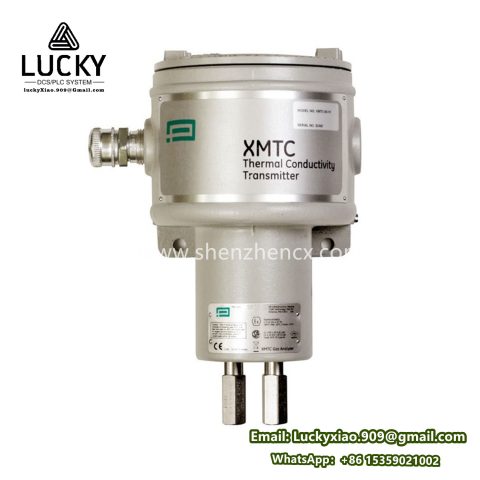
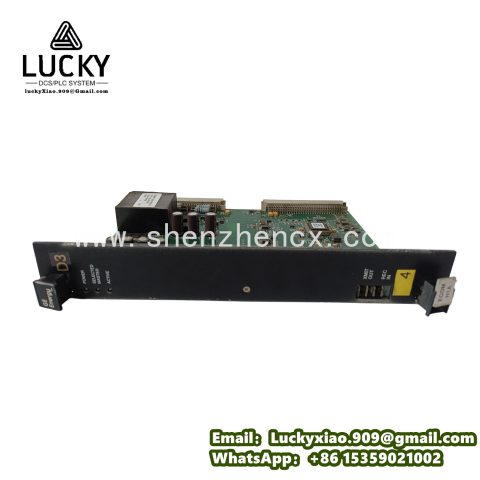
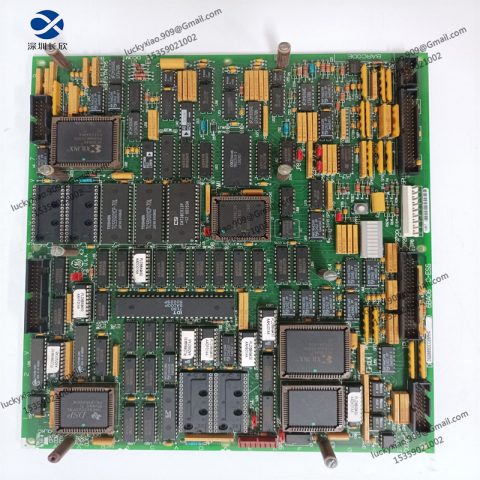
-1-480x480.jpg)
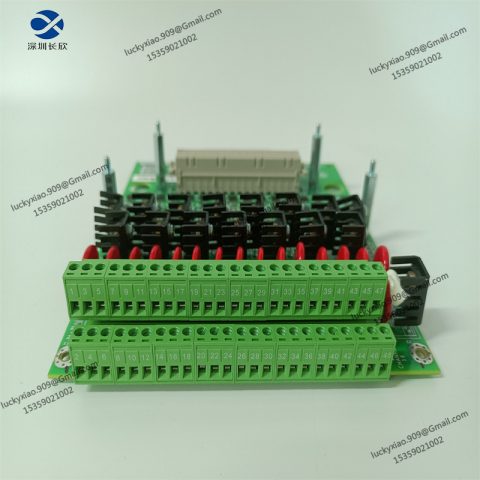
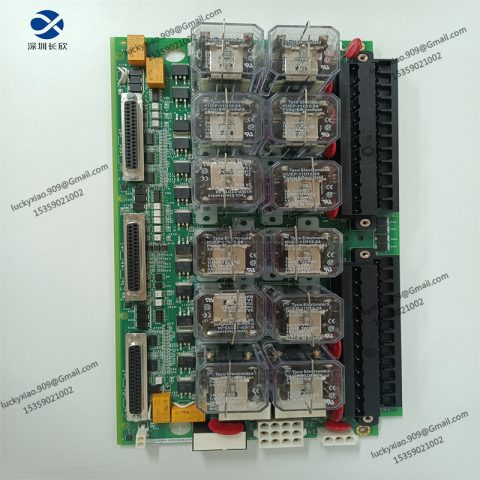
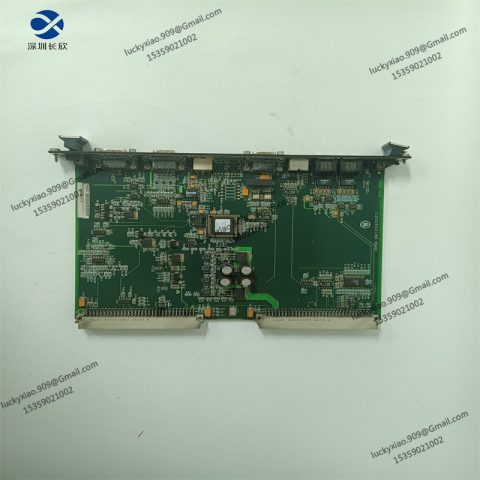
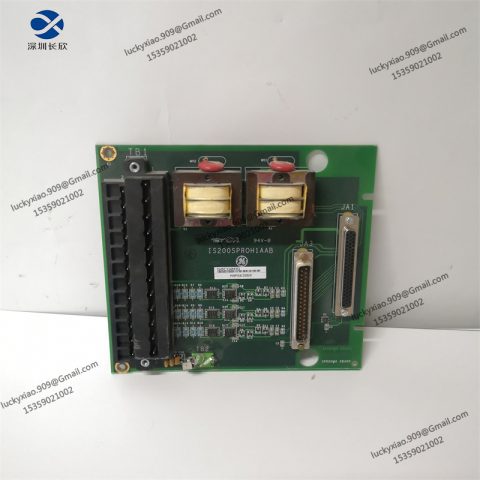
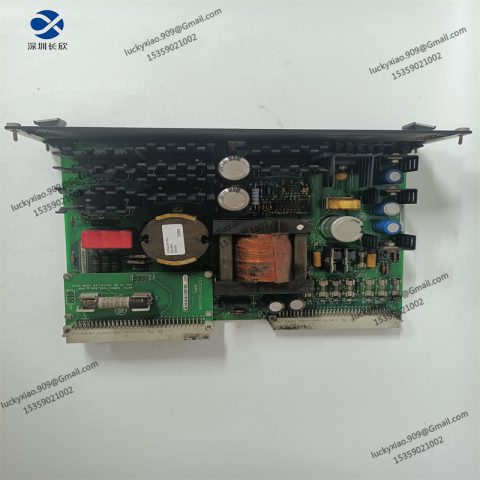
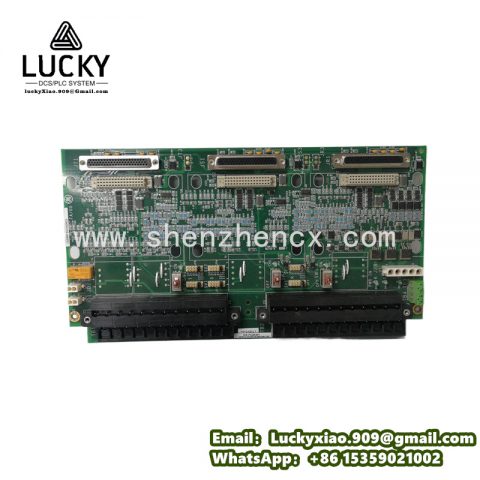
There are no reviews yet.